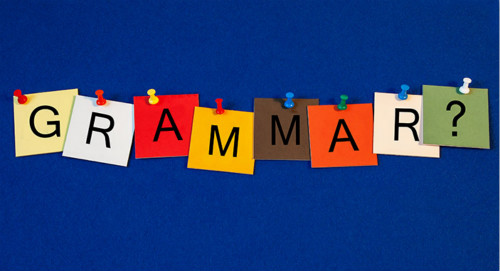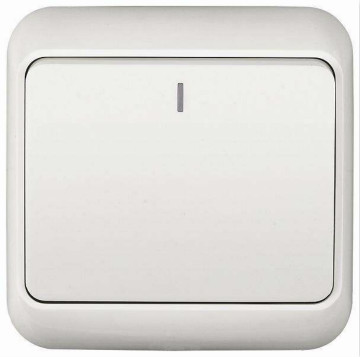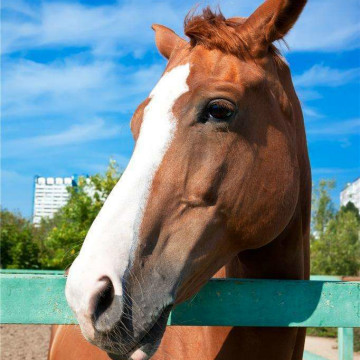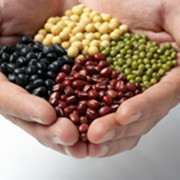Common Chinese grammar mistakes made by beginners
waveChinese 18th November 2020
Learning Chinese as an adult has a common pitfall; we tend to structure sentences in the same way as our native language. Here're a few common scenarios we come across when teaching Chinese and a few tips to right the wrong.
是(shì, to be), or not 是(shì, to be)? That is the question.
Student: 我的女儿是很可爱。(Wǒ de nǚ ér shì hěn kě ài 。My daughter is cute.)
Teacher: 我的女儿很可爱。(Wǒ de nǚ ér hěn kě ài 。)
The basics: drop the 是(shì, to be), unless your sentence is one of "I am an American," "She is an engineer," or "We're friends."
In-depth answer: adjectives (describing words) in Chinese can also act as verbs (doing words). Putting an additional verb such as 是(shì, to be) in front of the adjective is unnecessary. If you are a grammar buff and want to learn more, google for 'Stative verbs.'
Basic word order
Basic word order can be quite different from English. Have a look at this:
Student: 我昨天买了一本书在那儿。(Wǒ zuó tiān mǎi le yì běn shū zài nàr 。I bought a book there yesterday.)
Teacher: 我昨天在那儿买了一本书。(Wǒ zuó tiān zài nàr mǎi le yì běn shū 。)
The basics: unlike in English, where time often comes last (e.g., I went to the bookstore yesterday) . In Chinese, time words typically come at the start of the sentence (along with places). Typically:
1) Subject + Time + Place + other stuff (e.g., I yesterday at the bookstore)
2) Time, + Subject + Place + other stuff (e.g., Today, I at the bookstore)
Understanding the importance of characters in words
Chinese words are like Lego, made up of individual blocks of characters. Make sure you understand the blocks though, or your sentence can come crashing down. Take a look:
Student: 明天,我要见面我的好朋友。 (Míng tiān ,wǒ yào jiàn miàn wǒ de hǎo péng yǒu 。I will meet my good friend tomorrow.)
Teacher: 明天,我要跟好朋友见面。(Míng tiān ,wǒ yào gēn hǎo péng yǒu jiàn miàn 。)
The basics: "见面 jiàn miàn" means to meet somebody. "见 jiàn" is a verb meaning "to meet," but it already has an object "面 miàn face" so you can't add a second object after it. We need to say "跟 (gēn, with) somebody 见面 (jiàn miàn, meet)" or "见 (jiàn, meet) somebody."
In-depth: learning the meaning of individual characters in words will help you understand nuances and quickly pick up the vocabulary. It's even more important at intermediate and advanced levels.
Direct dictionary translation
Looking up a word in a dictionary for anything other than basic nouns can be misleading. Check example sentences or with a friend or teacher first. Otherwise
Student: 都我的朋友去那儿。 (Dōu wǒ de péng yǒu qù nàr 。All of my friends go there.)
Teacher: We need to say "我所有的朋友都去那儿。(Wǒ suǒ yǒu de péng yǒu dōu qù nàr 。)"
The basics: "都 (dōu, all; both)" and "所有的 (suǒ yǒu de, all of) " are both translated as "all." However, the usage is very different, so make sure you're using the right one for the situation.
In-depth: "都 (dōu, all; both)" is an adverb and is used directly after the subject, e.g., 我们都是中国人。(Wǒ men dōu shì Zhōng Guó rén 。We're all Chinese.), whereas when talking about numbers of things, you should use "所有的 suǒ yǒu de, all of," e.g., 所有的人 (suǒ yǒu de rén, all people). Please note, even with "所有的 (suǒ yǒu de, all of)," Chinese typically adds in a "都 (dōu, all; both)" before the verb for emphasis. It's a fixed structure that's worth remembering.
That said, don't get hung up on any of these, or strive for perfection too soon. A teacher will help you learn the appropriate amount for the moment and introduce concepts over time. You'll learn fast enough. That's the difference between a teacher and a dictionary.
Original free Chinese learning materials made by experienced native Chinese tutors!








What are others saying?